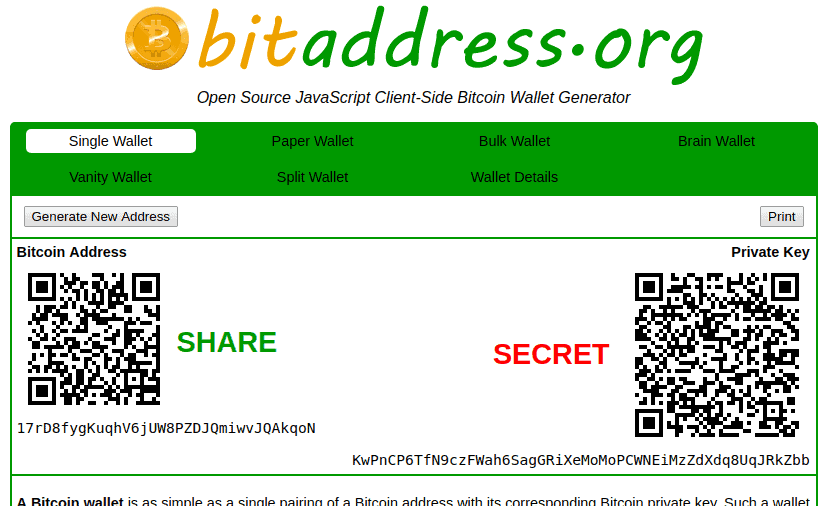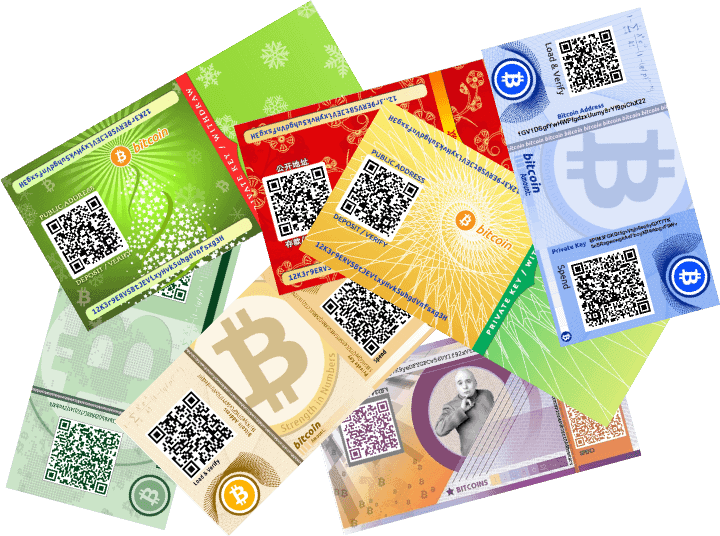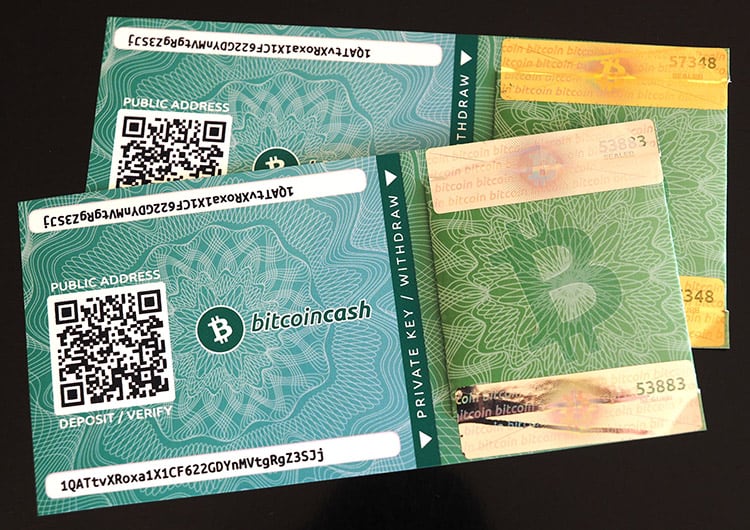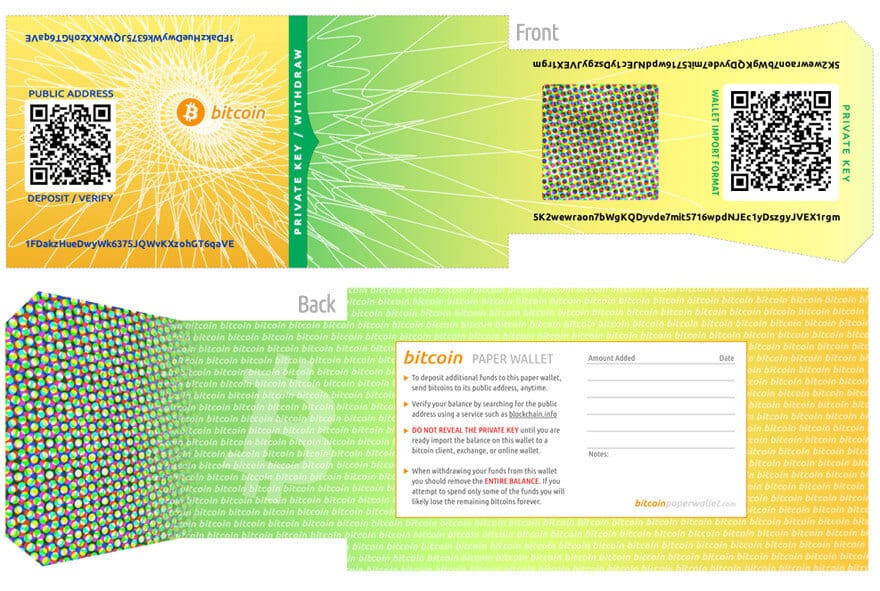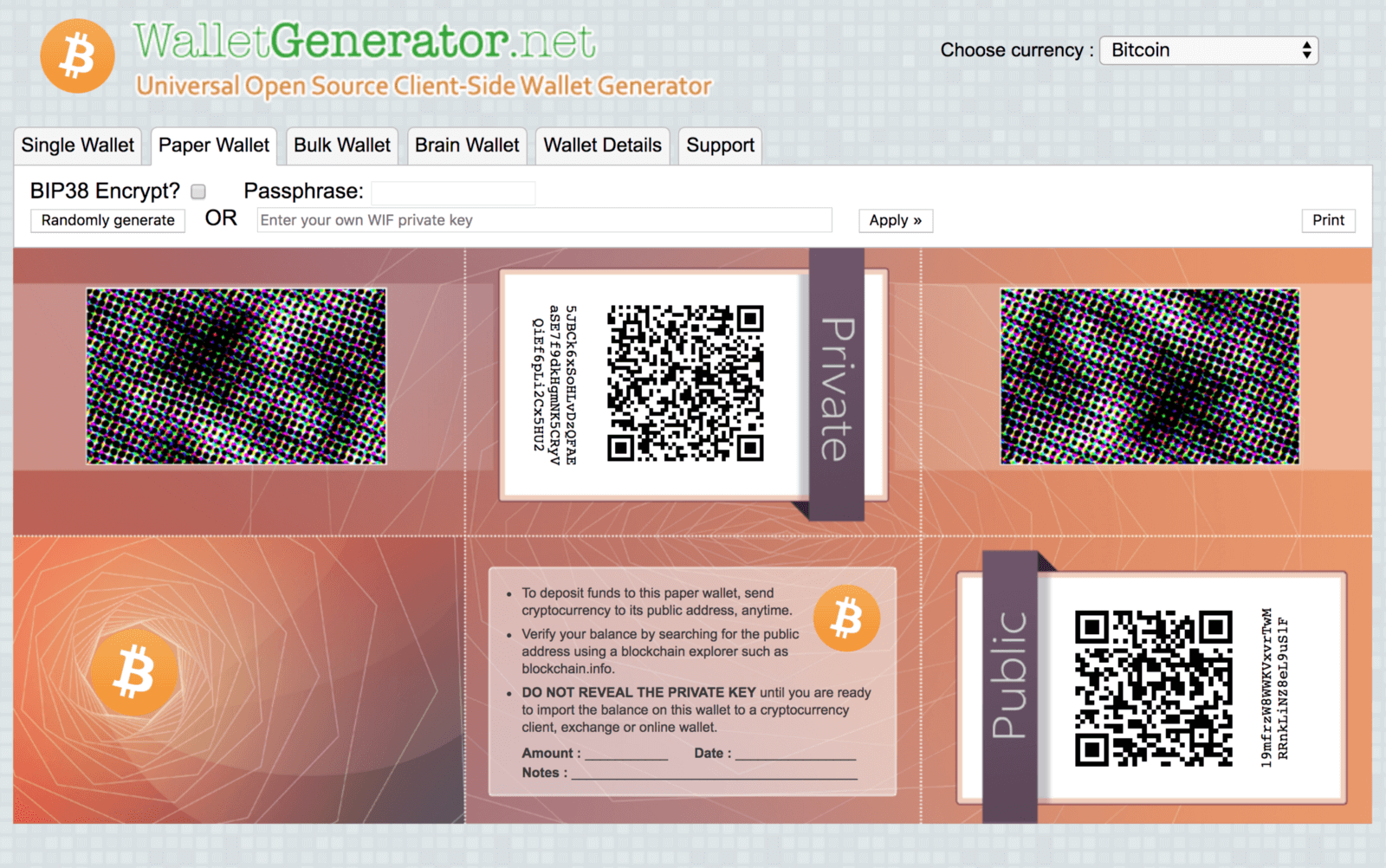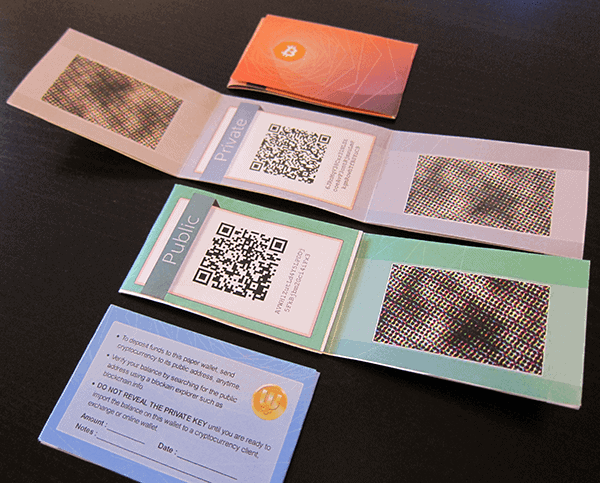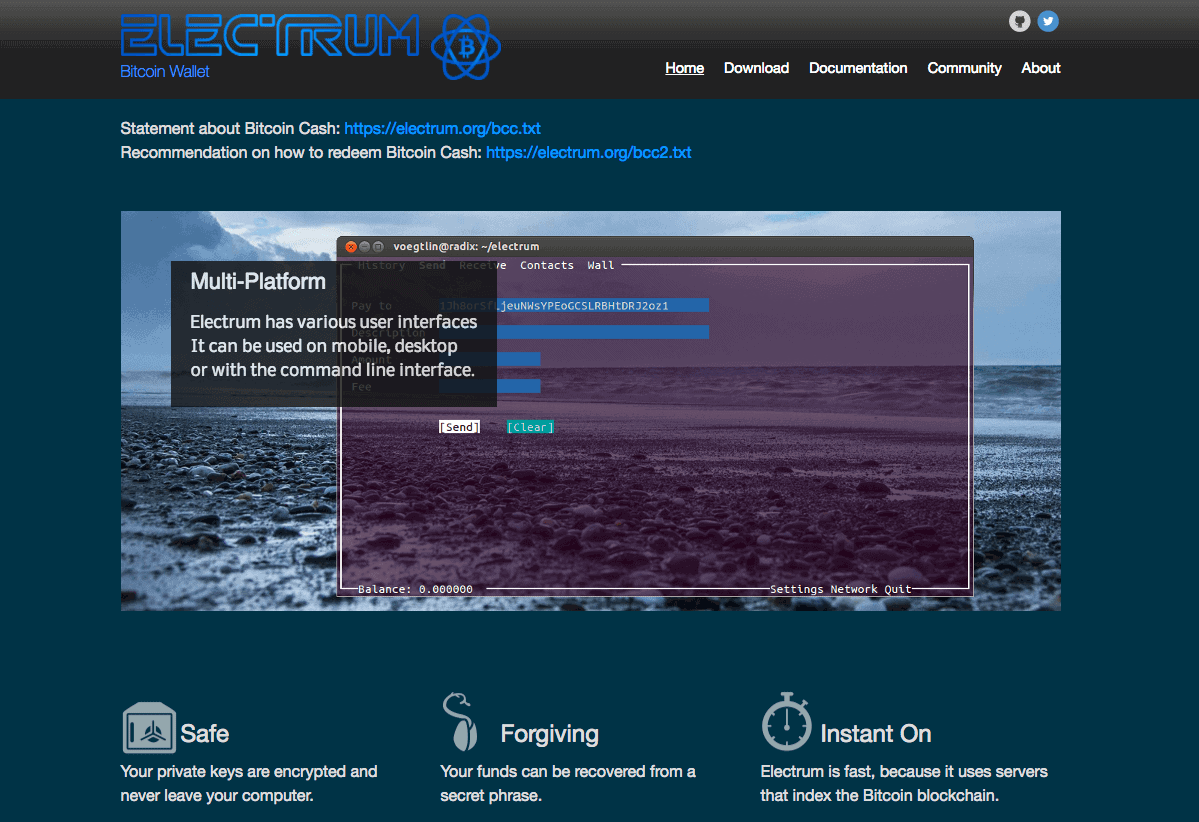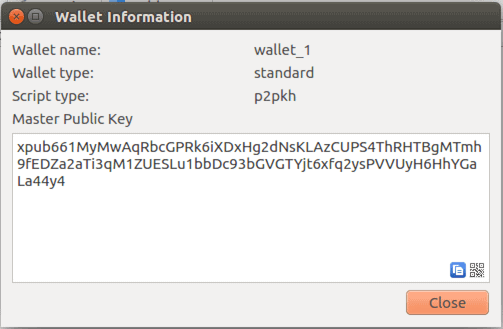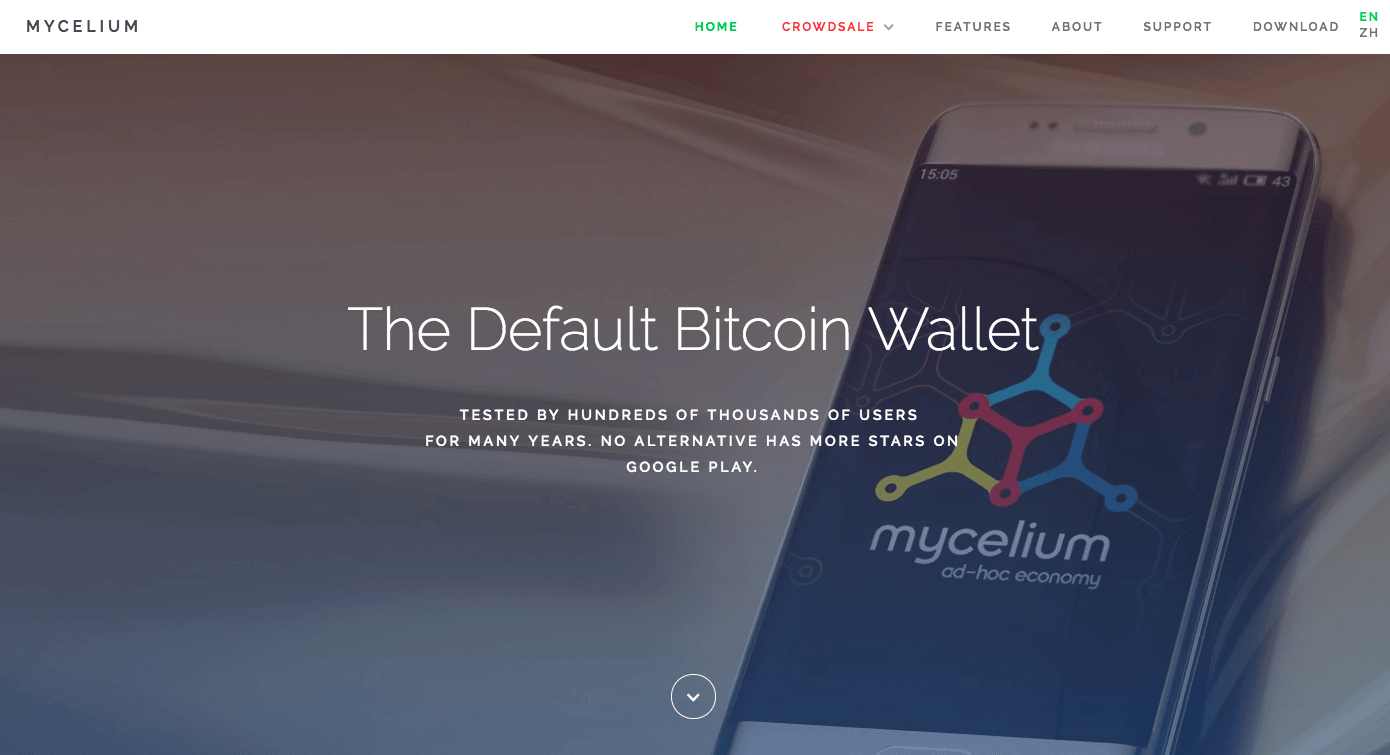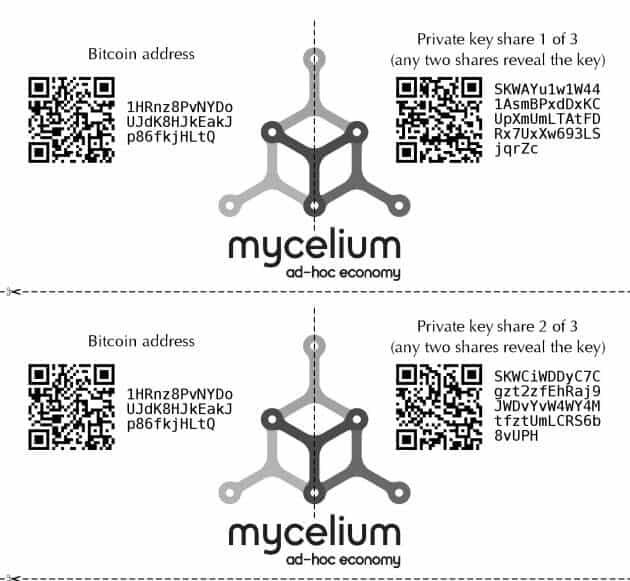As everyone who has an interest in the cryptocurrency industry will tell you, security is one of the most important factors to consider when choosing a crypto wallet.
It is a generally accepted fact that paper wallets are among the most secure storage options for digital assets.
[no_toc]But you may wonder how they actually work. What makes them so secure? How can I create a paper wallet? And which one is the best paper wallet out there?
In this guide, we will strive to answer all of the above questions and many more to help you get better acquainted with paper wallets.
By the end of it, you should be well-placed to know if the paper wallet is for you!
Best Paper Wallet Providers
Best Paper Wallets in Your Country

There are lots of paper wallets to choose from for residents of the UK. In fact, the best part about paper wallets is the fact that they are accessible globally.
Our favorite pick is the walletgenerator.net for one major reason. Unlike most of the other options, it supports multiple cryptocurrencies. If however you are content with a Bitcoin-only paper wallet, BitAddress.org is a great choice.

For residents of Canada and the US, we would still recommend either walletgenerator.net or BitcoinAddress.org. This is because both of these wallets use JavaScript engine and are therefore almost immune to online vulnerabilities.

The Mycelium Entropy paper wallet generator is a great option for users in Australia. It is one of the easiest to use paper wallet generators out there and also one of the most secure.
The only challenge is getting your hands on the device. If you cannot get one, good old-fashioned options BitAddress.org, Bitcoinpaperwallet.org and walletgenerator.net are all viable.
Differences Between Exchange, Hardware and Software Crypto Wallets
Our guide has focused on paper wallets, which may have you confused about the various types of wallets out there and the differences between them. Let us briefly analyze the different types of wallets and the features that set them apart.

Exchange Wallets
Crypto exchange users get access to online wallets on the platform to store the coins they buy. While these are extremely convenient wallets, easy to access and use, they are also the least secure.
They are ideal for short-term storage but for extended storage, go for a cold option such as hardware and paper wallets.
Here are our favorite exchange wallets:
- Binance Wallet
- Coinbase Wallet
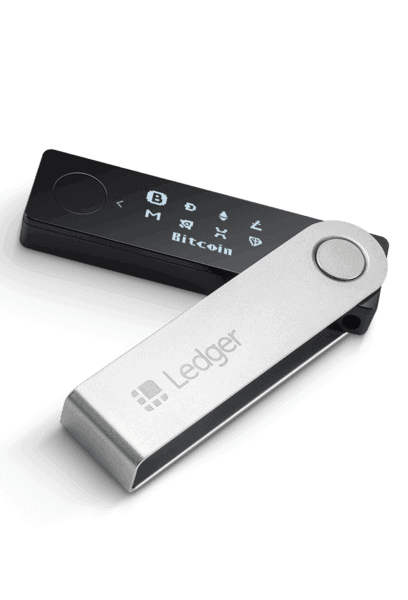
Hardware Wallets
These are the safest wallets for crypto storage as they are not connected to the internet for extended periods. This makes them virtually hack-proof and thus secure.
They are only comparable to paper wallets in security but a little more convenient as they are easier to access.
Here are some good examples of hardware wallets:
- Ledger Nano S
- Trezor
- KeepKey
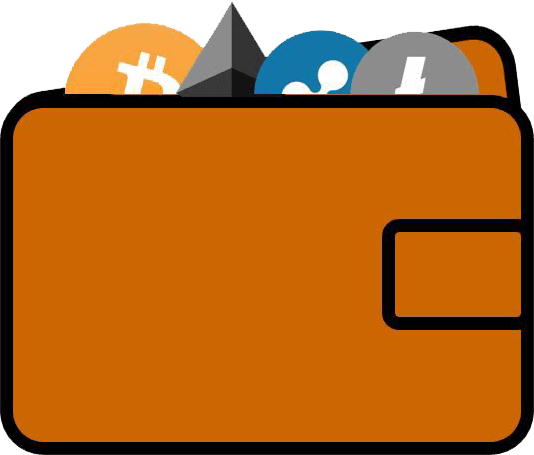
Software Wallets
These wallets store your cryptocurrencies on apps either on mobile devices or PCs. They are also convenient to use but less secure than hardware wallets due to exposure online.
We recommend them for everyday users of cryptocurrencies but you should only store the amount you need for short-term use and store most of your funds in cold storage.
Here are some good examples of software wallets:
- Coinomi
- Exodus
- MyEtherWallet
Best Wallet on Mobile
At the end of the day, it is clearly evident that paper wallets offer a much higher level of security than most other wallets (with the exception of hardware wallets). For this reason, they are one of the best storage options for long-term needs.
However, as a majority of crypto users will agree, you need a wallet for storing the coins you use on a daily basis. This could be for trading, making payments and generally carrying out crypto transactions.
Paper wallets have always been considered one of the most secure options for crypto storage. However, as is the case with all methods, the safety of its use will vary from one individual to another.
To ensure you keep your cryptocurrencies secure in paper wallets, you need to keep your paper wallet safely. Some opt to deposit these wallets in safety deposit boxes for the ultimate security.
But keep in mind that doing so will once again transfer the safety of your digital assets into the hands of a third party.
On the sites that offer paper wallet generation services, you will typically find security instructions to minimize the risk associated with the storage option.
For instance, they usually highlight the importance of printing on quality paper using a high quality printing technique to minimize fading and other effects. They also recommend lamination of paper wallets and outline precautions in case you choose to laminate.
You would also need to protect the paper wallet from loss, fire, water damage and other possible risks. All in all, the security of your paper wallet, and ultimately your digital assets is in your own hands and requires diligence.
Be sure to adhere to the security recommendations so as to keep your wallet safe at all times.
FAQs
What type of paper and printer should I use to create my paper wallet?
A laser printer will create a more durable print than an inkjet printer as the output is waterproof. To make it even more long-lasting, seal the printout in a bag or laminate it. When it comes to the choice of paper, the best option is synthetic waterproof paper e.g. Revlar. If however you have to use an inkjet printer, you can spray the paper with a fixative to preserve it or use waterproof paper like Teslin.
Can I print two wallets on one paper?
If you are concerned about paper wastage or have many wallets to print out, you can print multiple wallets on one paper.
Should I laminate my paper wallets?
Yes. It is always a great idea to laminate your paper wallets to protect them against getting damaged. However, it is a better idea to laminate an inkjet printout than a laser print out because lamination heat can make the laser prints on either side of the paper to fuse.
How do I send funds to a paper wallet?
To send funds to your paper wallet, open your live software wallet or web wallet and send funds from it to the public address on your paper wallet.
How do I spend funds from a paper wallet?
To spend funds from your paper wallet, you can either sweep or import the wallet. In effect, this transfers your funds from the paper wallet to a live wallet. As a point of caution, always spend the entire balance as it is not safe to spend it in portions.
Do I need coding knowledge to use a paper wallet?
No. Even though having coding knowledge is a plus in that you can audit open source codes for various paper wallet generators, it is not a necessity. Without coding knowledge, you can still follow the simple instructions to create and safeguard your paper wallet.

